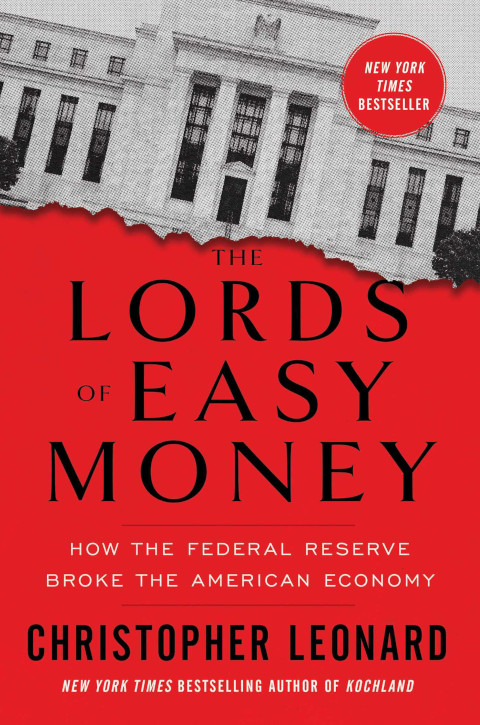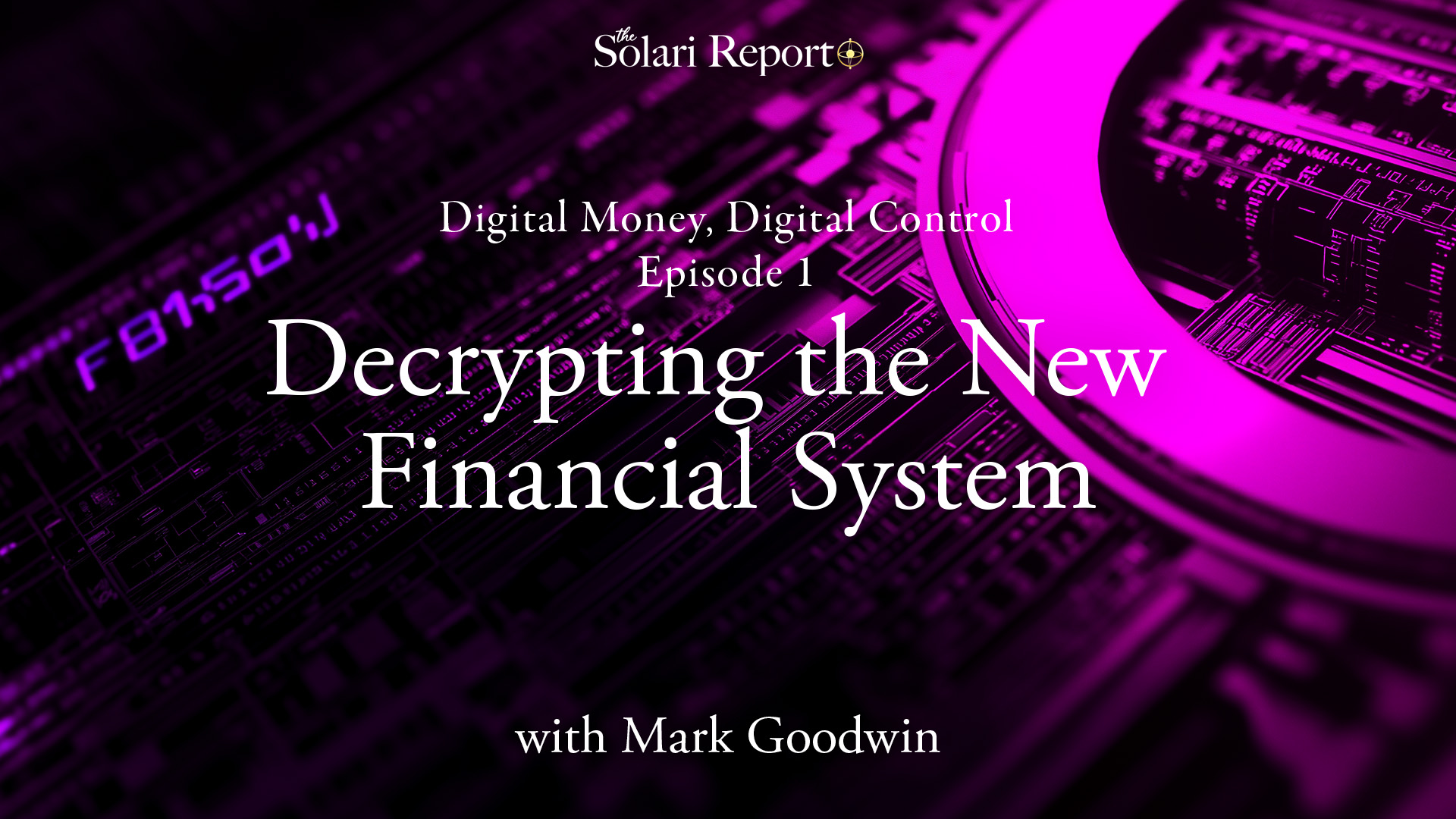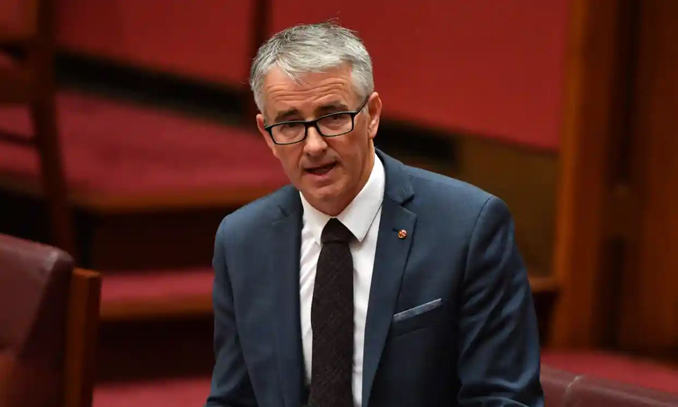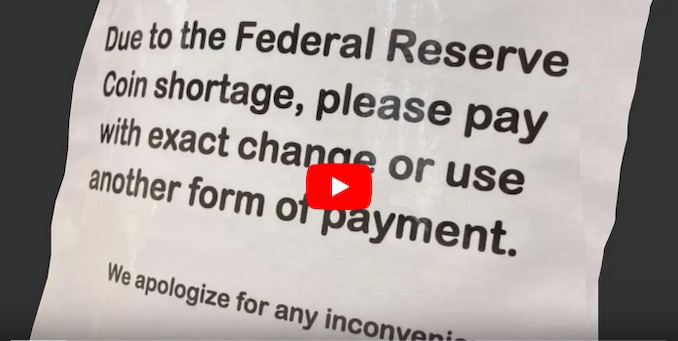
“We work under the assumption that lowering the cost of capital and providing cheap money encourage businesses to lever up and use that levering up to expand [capital investment] and job creation, which is part of our mandate. I don’t believe that’s happening.” ~ Richard Fischer, Dallas Fed Chairman
By Catherine Austin Fitts
The Lords of Easy Money: How the Federal Reserve Broke the American Economy by Christopher Leonard is a description of recent Federal Reserve policies, written as if management of interest rates were the primary tool available. Given that the New York Fed is the depository of the U.S. government, which was missing $21 trillion as of fiscal 2015, and is the agent for the Treasury Department’s Exchange Stabilization Fund—the mother of all slush funds—it seems like there is a lot more going on than just raising and lowering the Fed funds rate. Not to mention, the NY Fed owners serve as correspondent banks for most, if not all, of the nations in the world, and the U.S. banking system is the leading money laundry for illegal and covert global flows.
Nevertheless, I read The Lords of Easy Money as Leonard does a good job of describing and documenting the basis of Fed Chairman Jerome Powell’s personal fortune. Powell turned up at the Carlyle Group in 1997, just as astonishing amounts of money began flowing into the firm. At the very same time, astonishing amounts of money were flowing out of the Department of Housing and Urban Development (HUD). Nor was Carlyle the only enterprise enjoying capital inflows—add to the list the Clinton Foundation and Epstein’s operation. I describe these years in my online book Dillon Read & Co. Inc. & the Aristocracy of Stock Profits.
This was a period in which a growing number of companies became “trading sardines.”
“There is an old story about the market craze in sardine trading when the sardines disappeared from their traditional waters in Monterey, California. The commodity traders bid them up and the price of a can of sardines soared. One day a buyer decided to treat himself to an expensive meal and actually opened a can and started eating. He immediately became ill and told the seller the sardines were no good. The seller said, “You don’t understand. These are not eating sardines, they are trading sardines.”
~ Seth Klarman
I first saw this happen with start-ups financed to create the Internet boom. At a conference in 1997, a tech company needed $1MM to launch its product, but the venture capitalists would only do $10MM or more. They would plump the company up with press releases, new hires, and an investor relations team, and then take it public. So, a company that could have created a viable product and grown organically over a long period of time was converted into a trading sardine. Pump it up with $10MM; take it public for $150MM; have it crash a year or two later and go bust. The venture capitalists and their investors who exited with them got rich, but meanwhile the economy got poorer and innovators were pumped, dumped, and ruined.
Where did this tsunami of unbelievably cheap (or perhaps free) capital come from? And why did the regulators permit the game to be played? Initial public offering (IPO) and secondary market investors were losing billions from intentionally engineered financial frauds. If you dig into and trace the bubble money that made a fortune playing the Internet bubble game starting in 1997, I wonder where the seed capital came from—just like I wonder where the seed capital come from that flowed into Carlyle at the same time.
In a chapter called “The Fixer,” Leonard describes Powell’s ascendancy—from Dillon Read and the U.S. Treasury department to Carlyle—where he led the leveraged buyout of an industrial conglomerate called Rexnord based in Milwaukee, an area with longstanding Dillon ties. Clarence Dillon’s first wife was from Milwaukee, and Dillon had worked there in his early career. At Carlyle, Powell led the purchase of Rexnord using $359.5 million from its buyout fund along with two loans totaling $585 million. The deal closed in September 2002. Rexnord instantly took on more debt; Leonard points out that “Rexnord would pay more money in interest costs than it earned in profit during every full year that Carlyle owned it.” To help fund this, Rexnord implemented employee pay cuts, moved jobs to non-unionized states, eliminated jobs, and took other steps to squeeze value out of the company and turn Rexnord into what I would describe as a “trading sardine.”
In 2006, Powell led the sale of Rexnord to Apollo Management LP for a $900 million profit. To fund the purchase, Apollo syndicated new leveraged loans of $1.825 billion. The deal solidified Powell’s status as a multimillionaire, and he left Carlyle after the sale closed. In 2018, his net worth was listed as $20–$55 million. It is fair to say that Rexnord’s contribution to the real economy did not improve as a result of Powell’s leadership. Leonard explains:
“Rexnord itself didn’t fare as well. The company Powell left behind was crippled with debt. Its total debt burden rose from $753 million to $2 billion in one year. Its annual interest-rate payments rose from $44 million in 2005 to $105 million in 2007. The company would pay more money in interest than it earned in profit every year for more than a decade. Rexnord had become a company that was emblematic of the private equity world. It was no longer a company that used debt to pursue its goals. It was now a company whose goal was to service its debt.”
While Rexnord was levering up, a similar process was happening at the U.S. government. By 2006, when Apollo was able to raise $1.825 billion to purchase Rexnord from Carlyle, the U.S. government was entering the financial crisis, with rising debt and undocumentable adjustments approaching $10 trillion. By 2017, when Dr. Mark Skidmore published his survey (see Solari Missing Money), the U.S. government had $21 trillion of debt, while $21 trillion was missing from the Departments of Defense and HUD.
Where did that $21 trillion go between fiscal 1997 and 2015? And what did it have to do with financing cheap money to convert thousands of modestly productive companies into trading sardines? This is something I will write more about in the 1st Quarter 2022 Wrap Up when we explore the sources of explosive investment in IPOs and special purpose acquisition companies (SPACs) during 2020 and 2021.
I think about these questions a lot these days as I observe the U.S. debt skyrocket above $30 trillion and watch Powell grapple with how to keep the game going. Karma is a teacher—Powell’s personal wealth makes him a prisoner of a process that was destined to try to destroy his nation and the law he studied and practiced. To his credit, Powell has not enthusiastically embraced central bank digital currencies (CBDCs) and insists that authorizing legislation is necessary to implement them.
Chistopher Leonard writes well, and his investigative reporting on the Rexnord story is an important footnote to the tragedy and changes upon us.
Purchase book here.
Related Reading:
Christopher Leonard (author) (Wikipedia)








The point Leonard makes about interest rate hikes in 2018 collapsing the repo market, shows that Powell won’t have the strength to keep rate hikes going in 2022. Maybe one more 75 basis point hike, then he will back off…thoughts?